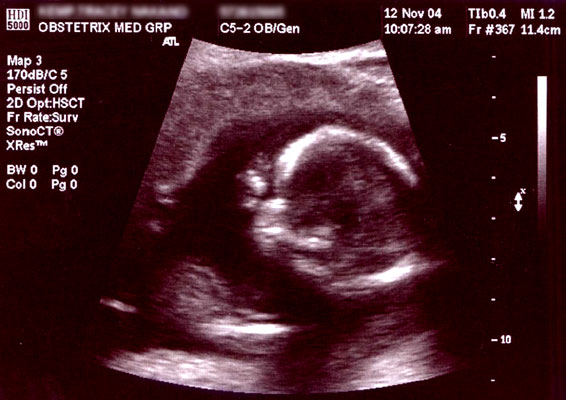These days, it seems everyone knows a family who has a child with autism or an autism spectrum disorder. The cause of the autism family of disorders is perplexing; researchers have been looking at the problem from many angles in an effort to determine what really causes the problem. Many of us have heard that vaccines can be a cause...I think the jury is still out on that one. That being said, other potential causes have been explored as well.
A Canadian study that I recently read about followed 719 children whose mothers had Systemic Lupus Erythematosus (SLE) and compared them to 8,493 mothers in a control group. They found that the risk of autism spectrum disorder compared to the control group was 2:1. The SLE birth mothers also gave birth to more children with other neurodevelopmental disorders, and had a tendency to give birth to more preterm babies than non-lupus counterparts. The children of SLE mothers were also diagnosed with autism disorders at an earlier age than those in the control group.
A very small percentage of the mothers in the SLE group were exposed to known drug hazards, such as antimalarial or immunosuppressants. This may be somewhat problematic, but the main consensus seems to be that increased risk of autism is more related to the effect of the SLE disease process on the developing fetus.
You can read Dr. Sanjay Gupta's report on this study here.
Sources: MedPageToday; Wikipedia

Comments
Post a Comment